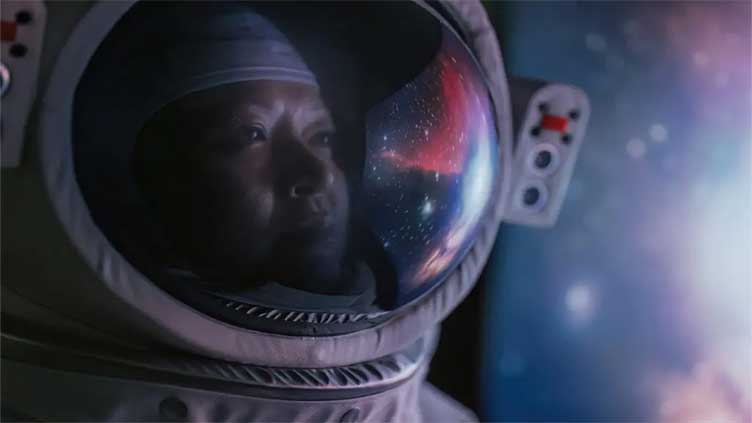Astronauts might hibernate like bears on future space flights: Nasa

Technology
Nasa is using the tricks of the animal kingdom to survive long flights to Mars and beyond
(Web Desk) - Nasa is investing in an experiment to study animal hibernation in microgravity, with a view to using future technology to enable its astronauts to sleep or rest for most of their journey.
The tech could be useful in preserving health and conserving resources during long haul trips to far-flung destinations like Mars.
The idea rests on the fact that spending time in microgravity has known health impacts on human bodies, and the longer astronauts spend in those conditions, the more uncertainties can arise.
The journey to Mars, for example, would take at least six months under the best conditions.
On Earth, many animals from bears to hedgehogs hibernate, effectively sleeping for months at a time to survive through winter (although with differing degrees of intensity).
If scientists could harness that power, the theory goes, then perhaps they could empower humans to enter a deep rest or sleep for the long months on a spacecraft as they travel to Mars or even beyond.
But so far, no one has studied how microgravity affects hibernation in animals, an essential question that NASA needs to answer before they can try to do anything similar in humans.
The experiment NASA is investing in is called "Studying Torpor in Animals for Space-health in Humans," which is being developed by the BioServe Space Technologies College of Engineering and Applied Science at the University of Colorado, Boulder.
Ryan Sprenger and biotech firm Fauna Bio Inc are taking the reins. The study will involve two hibernation chambers to house rodents in cold temperatures designed to induce extreme lethargy.
While there, the rodents' metabolism, oxygen and heart rate will be measured, and after the study is done, the researchers will look at whether hibernating protected the animals from bone or muscle mass loss, a side-effect of living in microgravity.
In the proposal, Sprenger writes that "during a crewed mission to Mars, human synthetic torpor could act as a relevant countermeasure that would change everything for space exploration."
"Research performed using STASH will be an essential first step toward acquiring fundamental knowledge about the ability of hibernation to lessen the health risks of space," said Sprenger, nodding to the idea that it might be possible to develop drugs to mimic hibernation's protective effect in the future, too.
"This knowledge will inform development of both biomimetic drug countermeasures and the future infrastructure needed to support torpor-enabled human astronauts engaged in interplanetary missions."


